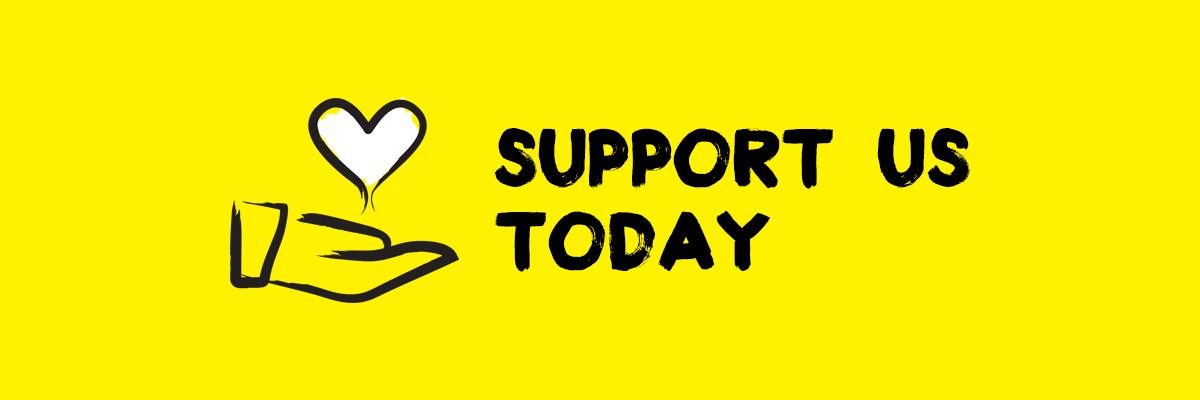
The beauty of podcasting is that anyone can do it.
It a rare medium that nearly as easy to make as it is to consume.
And as such, no two people do it exactly the same way.
There are a wealth of hardware and software solutions open to potential podcasters, so setups run the gamut fromNPRstudios to USB Skype rigs.We&ve asked some of our favorite podcast hosts and producers to highlight their workflows — the equipment and software they use to get the job done.
The list so far includes:I&m Listening Anita FloresLet Talk About Cats& Mary Phillips-Sandy and Lizzie JacobsBroken Record Justin RichmondCriminal/This Is Love Lauren SpohrerJeffrey Cranor of Welcome to Night ValeJesse Thorn of BullseyeBen Lindbergh of Effectively WildMy own podcast, RiYLFor three seasons, Panoply &Family Ghosts& has explored the deep, dark and true mysteries that have haunted families for generations.
Show creator Sam Dingman is a Moth Grand Slam Winner, who also served as the producer for the popular podcasts &Bad With Money& and &You Must Remember This.I fell in love with podcasts in 2009, during the depths of my bizarre tenure as a customer support rep at an ill-fated software concern (RIP LimeWire).
My job was to answer the phone and tell irate users who&d contracted viruses from illegally downloading music (read: porn) that we didn''t give refunds.
Podcasts were a welcome reprieve from this firehose of outrage, and before long, I got up the nerve to start one of my own.
I proceeded to fritter away entire workdays combing through recording forums (shout-out to Gearslutz!) and Googling pictures of radio studios, lusting after large diaphragm condenser mics and palpitating over preamps.Unfortunately, all I could afford was an Audio-Technica AT2020 USB mic — which led to a series of initial recordings which were as spirited as they were unintelligible: [A recording session for my (mercifully) short-lived first podcast, circa 2009].Thankfully, I&ve learned a lot in the ensuing 10 years, and have also, via the grace of the audio gods, somehow acquired enough of a production budget to build my own studio space in a cozy basement studio in Greenpoint, Brooklyn.
Earlier this year, my friend Alan and I spent two truly endless days in said basement attempting to decipher the instructions for constructing a Whisper Room, where I now record all of the narration for &Family Ghosts,& soothing my constant fear that the whole thing is going to collapse on my head with the calming presence of a magenta lava lamp.My starry-eyed Googling at LimeWire convinced me that a Holy Grail vocal chain could be achieved via the pairing of a Neumann U87 mic with the rich analogue circuitry of a Great River ME-1NV preamp, and I accordingly sprung for both as soon as we got the last screw turned on the Whisper Room.
Every time I take the Neumann out of its wooden jeweler box for a recording session, I whisper Hello, Magic Mic.
The Great River sits on my desk with its stately black knobs and austere gain meter, and I love the warmth and nuance it imparts upon the voices that flow through it.Of course, recording narration in the Whisper Room is only half the battle for a &Family Ghosts& story — when I&m not in the studio, I&m usually lugging around a backpack full of my field recording gear: a Zoom H5 digital recorder, two Rode NTG2 shotgun mics, two desktop mic stands and XLR cables, a wall adapter and extension cord so that I don''t have to worry about draining the batteries on the Zoom during long interviews, a pair of Sony MDR-7506 headphones and a stereo ¼& -to-⅛& cable, which allows me to record good-quality phone interviews on the Zoom.Then I bring the whole works back to the basement in Greenpoint, load the audio into Pro Tools, fire up the lava lamp, buy some coffee and obsessively re-arrange waveforms into the wee small hours of the night, forever grateful that I somehow found a way to leave the screaming customer service calls behind.

 12
12







